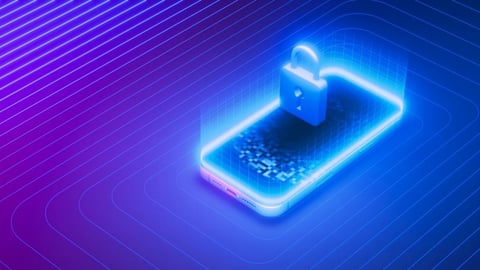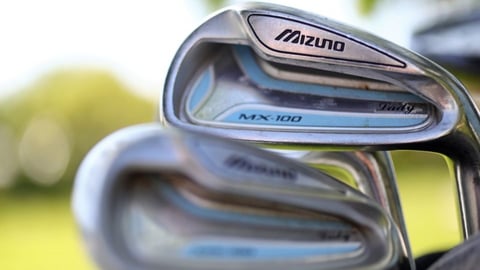L.L. Bean CIO: Headless Commerce Keeps Us Nimble
If you think century-old brands can’t be nimble, think again.
L.L. Bean is taking the next step in its digital transformation with a deeper investment in headless commerce, expecting the continued de-coupling of its commerce architecture to help meet today’s lofty consumer expectations.
While many consumer goods brands and retailers have undergone dramatic e-commerce shifts during the pandemic, the acceleration, while substantial, hasn’t proven to be especially disruptive for L.L. Bean, CIO JJ Rouhana tells CGT. After all, it’s been selling direct-to-consumer since its founding in 1912 and recorded its first digital sale on Cyber Monday in 1996.
Although the company operates 54 stores in 19 U.S. states and 25 stores in Japan, two-thirds of its business is now done through e-commerce. It first turned to headless commerce about four years ago and has spent the last couple years migrating the entire site.
[See also: Future-Proofing Consumer Goods Through DTC]
Unlike traditional, monolithic e-commerce platforms, headless lets L.L. Bean have separate teams executing a variety of enhancements on an ongoing basis, even in its older platforms.
“Headless ultimately allows us to have speed to market and be more nimble and more agile,” says Rouhana.
L.L. Bean has doggedly accelerated its e-commerce platform capabilities over the years, says the CIO, who first joined the company in 2005. Whereas it was executing three e-commerce launches 15-20 years ago, it increased this to a dozen launches a decade ago. Thanks in part to headless commerce, it’s now able on a weekly basis to enable new site capabilities — “even less than a week if necessary.”
Its latest investment includes a partnership with commercetools that’s expected to further raise the bar on L.L. Bean’s social commerce, physical retail and clienteling capabilities, among other things. Rouhana says that the potential of enhancing its mobile capabilities as a result of the new technology is also interesting.
Furthermore, in addition to enhancing its customer service capacities, leveraging the benefits of microservices and APIs will continue to bolster this much-needed cross-team collaboration.
“With the retail landscape continually changing, and those new omnichannel capabilities really being table stakes, headless is just something that allows us to do that more efficiently,” he notes.
This criticalness of speed to market has also translated into a need for elevated customer service capabilities. “We know that customer expectations are always changing. What is standard and best in class today will be different in six months, one year, five years from now, so we need to continue to evolve our practices.”
[See also: Tyson Foods On Scaling New Tech Across the Enterprise]
As part of this, L.L. Bean is also investing in its online customer experience, with a launch last year of an outdoor discovery program where consumers can sign up to learn various outdoor activities.
It’s also enabled new capabilities around size and fit, as well as added new messaging capabilities for greater communication with consumers — both of which have served the company well during the ongoing supply chain disruption and ultimately drive increased customer loyalty.
These improvements, especially quickening the pace of new capabilities, have also improved its retail relationships, which Rouhana describes as historically strong.
“We've had a great relationship with our business partners on an ongoing basis, whether that be in the marketing space, customer service space, etc.”





